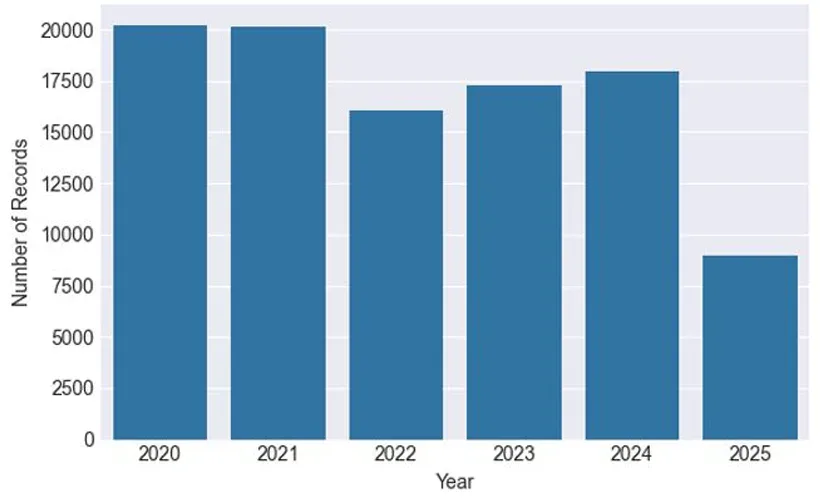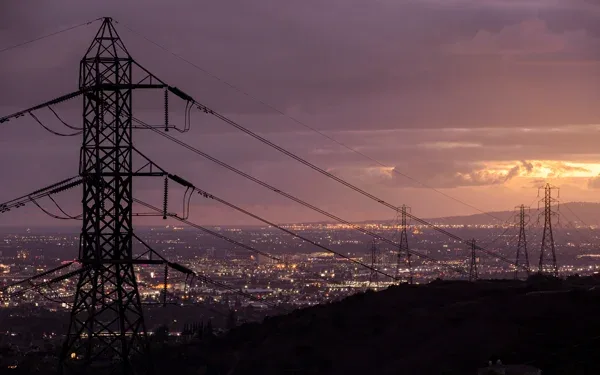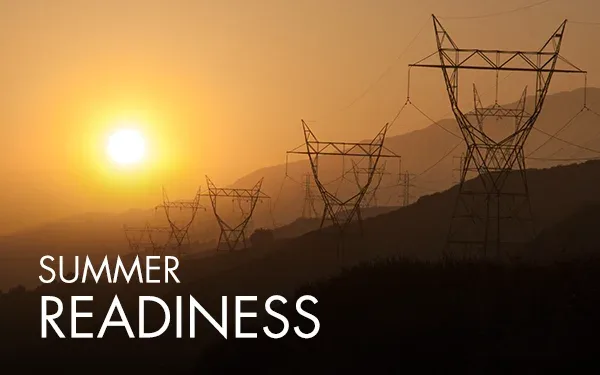Exploring AI to support smarter grid management


The California Independent System Operator (ISO) is collaborating with Open Access Technology International (OATI), a recognized provider of innovative technology solutions for the energy industry, on an artificial intelligence (AI) pilot project. This is part of our efforts to modernize our control center and aims to leverage advanced capabilities of large language models, such as the one powering ChatGPT, to enhance the process to manage and coordinate planned maintenance requests for grid assets. If the prototype meets its performance targets, it is expected to accelerate maintenance request verification, deepen situational awareness for system operators, and enhance decision-making capabilities.
Managing Planned Facility Maintenance: A Core Function of Grid Operations
In a bulk electric system as large as the ISO grid, transmission or generation facilities can be taken out of service temporarily for several reasons. These include planned maintenance, which helps ensure we can count on generation and transmission equipment when they are needed, and unplanned facility failures caused by events such as storms or equipment failures.
The ISO utilizes a centralized system to track and manage these planned maintenance requests and to record unexpected equipment failures. The system plays a vital role in helping system operators monitor real-time grid conditions. It also facilitates communication between transmission operators and balancing authorities about planned maintenance activities. The information contained in each request is used in forward-looking studies including market operations and various reliability engineering functions to assess impacts, and once complete, serve as a valuable historical reference.
Looking at our process, one thing stands out: like other transmission grid operators, we process a high volume of facilities maintenance requests, both for planned and unplanned maintenance.
The Scale of the Challenge
Figure 1 shows the annual number of maintenance requests for the CAISO Balancing Authority Area (BAA) that demonstrates the high volume of requests that impact real-time grid conditions. The data also reveals distinct seasonal trends, with spikes during the spring and fall maintenance windows (Figure 2).

Figure 1. Number of records processed for the CAISO BA from 2020 – July 2025

Figure 2. Number of records processed for the CAISO BA from 2020 - YTD 2025 with monthly breakdown
Managing this volume of requests is no small feat. The process is somewhat similar to airport security, where every single entry must be verified, because even one error can be costly. While it is technically possible to let all requests flow directly into downstream systems, doing so without proper validation can pose reliability risks. Whether the request involves transmission or generation assets, inaccurate or incomplete data can lead to real-time operational challenges.
To avoid such issues, CAISO’s system operators and engineers meticulously validate inputs, cross-reference internal systems and information sources, run advanced simulations, and monitor market performance, all to ensure an efficient and reliable grid.
However, keeping up with these tasks is demanding. The process is often repetitive and time-consuming.
The Role of AI: An Intelligent Co-Pilot
During the prototype phase, we are exploring how the AI Co-Pilot “OATI Genie” tool will learn from historical data and operating procedures to:
- Detect anomalies in new maintenance requests
- Extract operational insights (e.g., affected paths or balancing areas)
- Recommend next steps based on established procedures, expected conditions and prior similar events
The architecture combines the use of Retrieval-Augmented Generation (RAG) with a multi-agent framework so that chat queries (e.g., “Show maintenance request that could limit Path 66 tomorrow”) return context-rich answers with references to particular historical requests, operating procedures and even price information from publicly available sources like OASIS. This will enhance situational awareness and streamline the processing of maintenance requests. RAG is a widely used approach for mitigating “hallucinations” in large language models by grounding their responses in retrieved, verifiable source material.
These capabilities will augment the existing automation tools used by operators, providing smarter, more contextual reports and suggestions via chat interfaces.
The tool is expected to act as a co-pilot, augmenting real-time decision-making without replacing it. In other words, operators will retain final decision authority and AI suggestions will remain advisory.
Looking Ahead: AI as a Strategic Lever
This pilot is just the beginning. As grid operations grow more complex and interconnected, our long-term strategy is to continuously strengthen grid reliability by equipping our operators with the right tools at the right time. We are actively evaluating AI capabilities across our operations. Just as we are doing with this pilot program, all potential capabilities will be subject to testing, review, and executive approval.
OATI Genie is designed to reduce time spent on repetitive validation and reporting, enabling engineers to focus on high-impact work. Users of the system will be able to test the new tool by the end of the year, provide feedback, and help shape future iterations. Through this effort, the ISO aims to accelerate innovation, share insights with the broader industry, and remain at the forefront of AI-enabled grid operations.
We are turning the flywheel of innovation faster than ever before, one step at a time.


